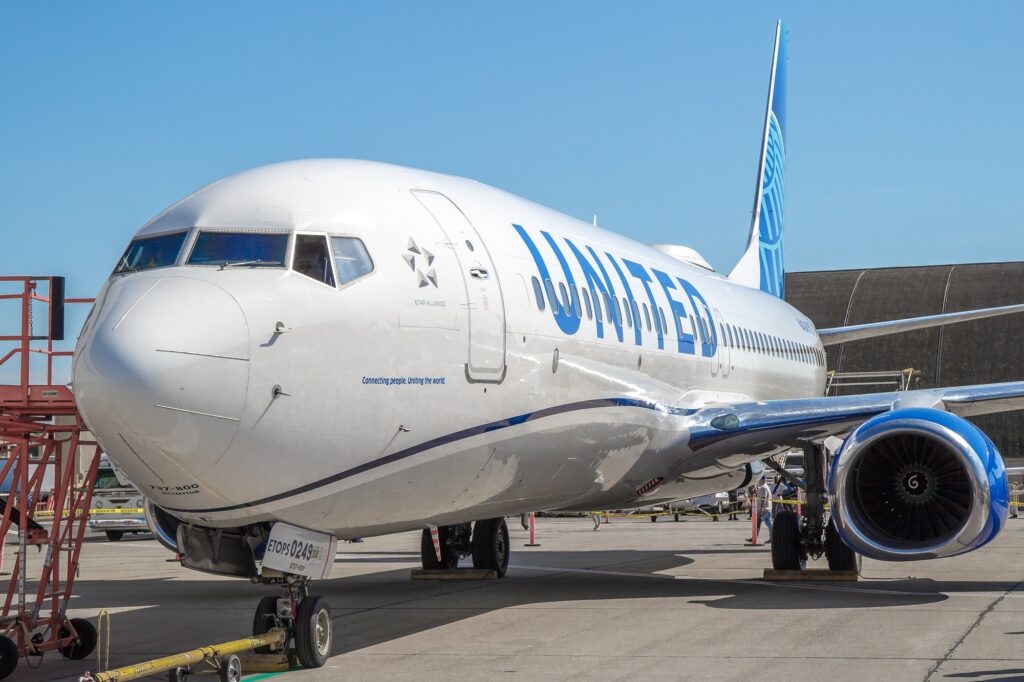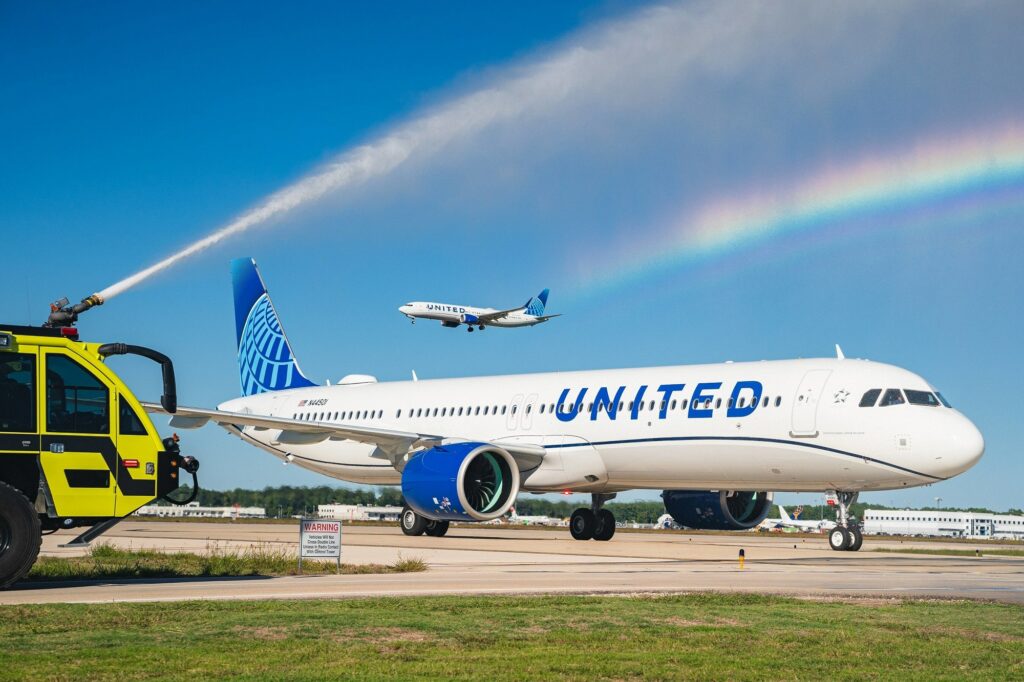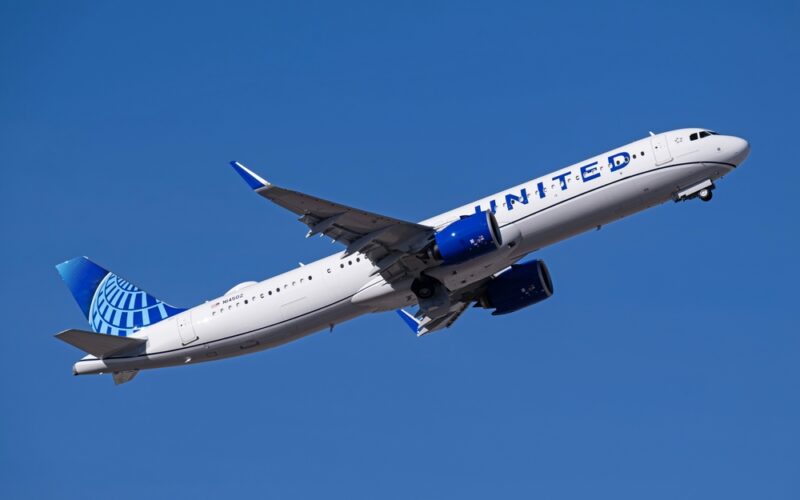United Airlines has reported its first-quarter 2024 (1Q24) financial results, declaring that it has incurred a pre-tax loss of $164 million. While this figure may raise eyebrows, the loss represents an overall improvement of $92 million over the same quarter in 2023.
Elsewhere in its filing, the carrier posted an adjusted pre-tax loss of $79 million, a $187 million improvement on an adjusted basis over 1Q23. Of this, the airline has attributed a loss of approximately $200 million to the impact of the Boeing 737 MAX 9 grounding in January 2024. Without this, the company claims that it would have reported a quarterly profit. United operates 79 737 MAX 9s in its current fleet.
In 1Q24, the company generated $2.8 billion in operating cash flow and free cash flow of $1.5 billion. The company continues to expect full-year 2024 adjusted diluted earnings per share of $9 to $11, in line with predictions.
Overall, United’s announcement summarizes that the company “delivered a strong financial and operational performance in the quarter. The demand environment remained strong with a double-digit percentage increase in business demand quarter over quarter, as compared to pre-pandemic.”

United was also able to take advantage of a number of opportunities to adjust domestic capacity which drove meaningful improvements in 1Q24 profitability, according to the carrier. Both its Atlantic and domestic markets are seeing large passenger revenue per available seat mile (PRASM) increases year on year (11% and 6% growth respectively).
“I want to thank the United team for working so hard this quarter to deliver strong operational metrics for our customers and sharpen our focus on safety while producing excellent financial results for our shareholders,” said United Airlines CEO Scott Kirby. “We’ve adjusted our fleet plan to better reflect the reality of what the manufacturers are able to deliver. We’ll use those planes to capitalize on an opportunity that only United has – profitably grow our mid-continent hubs and expand our highly profitable international network from our best in the industry coastal hubs.”
Since January 2024, United has been making several adjustments to its long-term fleet strategy based on the future needs of the airline. The carrier expects manufacturers’ production and delivery timelines to “smooth out and moderate the company’s aircraft delivery schedule in the coming years”.
As a result of fleet planning decisions made by the airline since January 2024, it has decided to convert several of its outstanding Boeing MAX 10 aircraft orders to Boeing MAX 9s from 2025 through 2027, while reserving the right to convert more Boeing MAX 10 orders to MAX 8 or MAX 9 airframes as required. The airline has around 350 MAX aircraft currently on order from the US planemaker.
In the meantime, in a thinly veiled show of dissatisfaction with Boeing and the delays in certifying the 737 MAX 10 variant, the carrier has agreed to letters of intent with two lessors to lease 35 new Airbus A321neos with CFM engines. The lease twinjets will be delivered to the airline between 2026 and 2027 “to protect the continuity of short-haul deliveries over the next three years.”
The airline already has eight A321neos in its fleet, with a further 172 on order direct from the manufacturer. The type first entered service with the carrier in November 2023.

By the end of 2023, the airline’s contractual aircraft commitments for 2024 deliveries stood at 183 narrowbody aircraft. By the end of 1Q24, with manufacturing delays continuing, the number had dropped to 101 narrowbody deliveries during the current year.
This total is made up of 61 narrowbody aircraft and five widebody aircraft to be delivered from Boeing, with the balance coming from Airbus, including several more aircraft from its outstanding A321neo order.
What are your thoughts on United taking on more A321s over Boeing 737 MAX 10s? Let us know in the comments.

